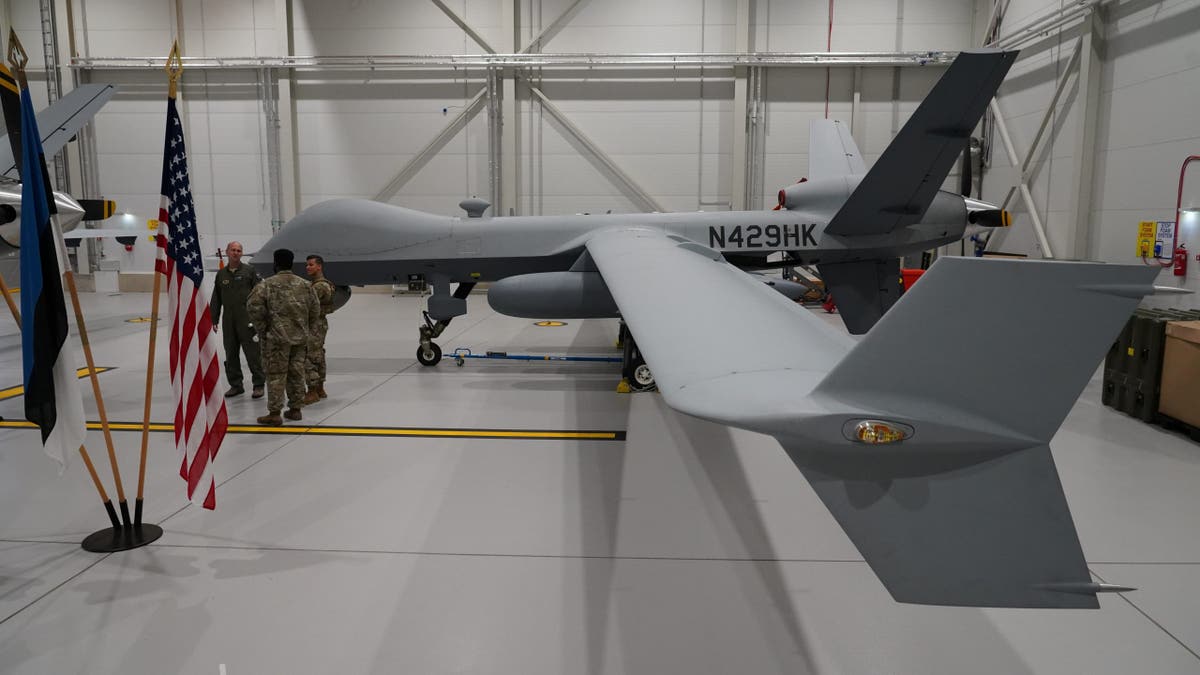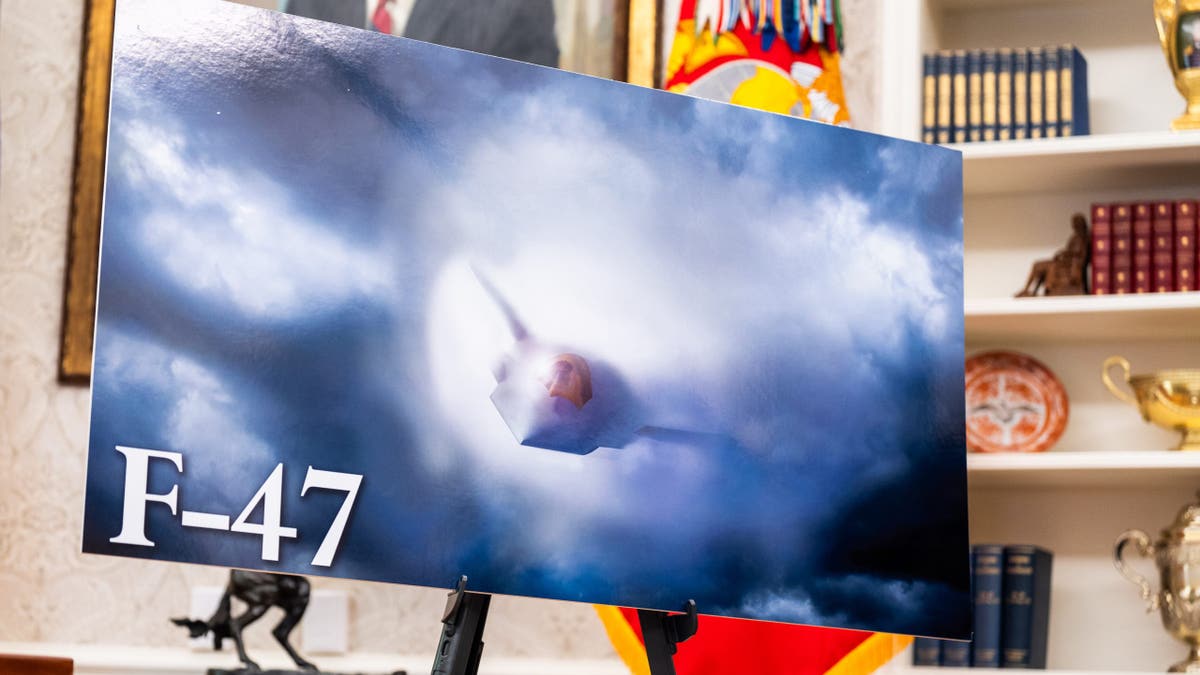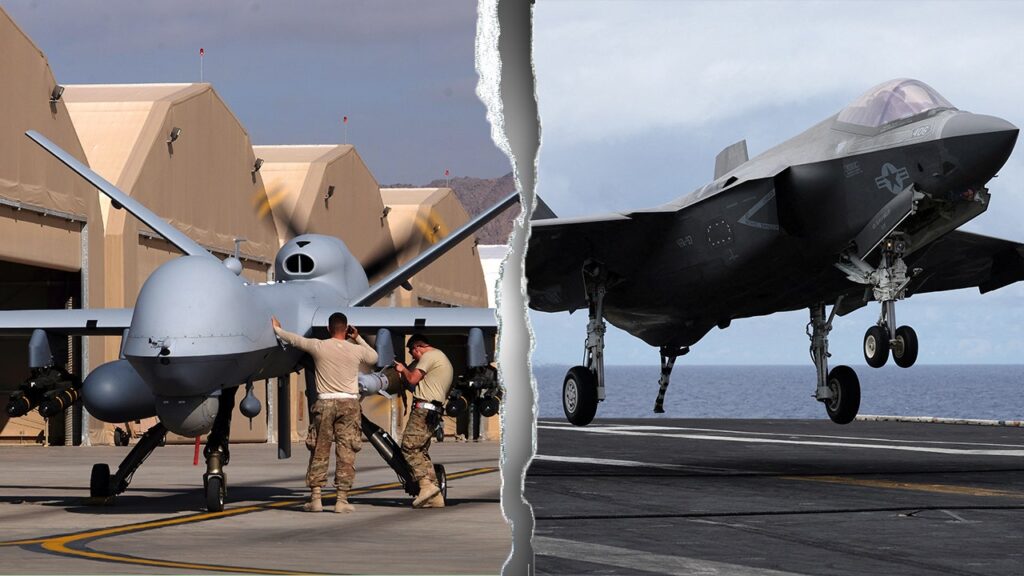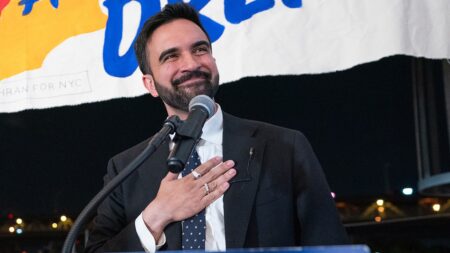NEWYou can now listen to Fox News articles!
As sixth-generation fighter programs ramp up, military insiders are divided over whether future warplanes need pilots at all.
The Pentagon is pouring billions into next-generation aircraft, pushing the boundaries of stealth and speed. But as America eyes a future of air dominance, one question looms large: Should Americans still be risking their lives in the cockpit?
Autonomous drones backed by AI are progressing faster than many expected, and that has some defense leaders rethinking the role of the pilot.
Some are of the mindset that the F-35 should be the last manned aircraft. Many pilots, however, do not agree.
DRONE INCURSIONS ON US BASES COME UNDER INTENSE SCRUTINY AS DEVICES PROVE LETHALITY OVERSEAS
“It’s highly controversial,” one former senior defense official told Fox News Digital. “There’s a whole cohort of people who think we should not be thinking about building a manned fighter for the last half of this century.”
“Inside the Air Force, there are hard-line air dominance people. They’re on cloud nine this week, after what the B-2s did in Iran… but in my mind, I say, why would we put men in that loop? Why wouldn’t we fly those things in 2050 unmanned, completely?”
Air Force pilots flew B-2 bombers on a 36-hour round trip to strike three Iranian nuclear facilities last weekend. Trump said the strikes left Iran’s nuclear sites “obliterated like nobody’s ever seen before.” He praised the “brave” pilots who crewed the planes as “the best shots in the world.”
But the most rapid technological advancements in U.S. history have left defense officials stumped about how to plan for the future.
“To date, the services are just scratching the surface on what manned versus unmanned TACAIR (tactical air) of the future might look like,” the former official went on.
“If AI technologies continue to evolve in five years, right when you’re just in the infancy of beginning to make a decision about what F-47 would be, well, you’re on exactly the wrong path.”
‘EYES IN THE SKY’: ARMY DRONE EXPERT EXPLAINS US STRATEGY ON INNOVATION AS GLOBAL CONFLICT LOOMS

Others insist unmanned systems still lack the decision-making reliability and network resilience needed for high-stakes combat.
“It’s critically important that President Trump proceeded with the manned platform for the Air Force – obviously, F-47 being the solution,” said former Rep. Mike Garcia, R-Calif., a former F/A 18 naval aviator. “This academic debate about unmanned-only platforms is aspirational – but the networks just aren’t there yet. You need low latency, high-bandwidth, distributed networks with critical nodes, and we don’t have that.”
But, he urged Boeing to move quickly.
“Boeing needs to execute. They can’t afford to have this turn into a tanker program. This is absolutely critical to get done correctly.”
With the famously lengthy acquisition timelines of the Pentagon, some worry sixth-generation aircraft won’t make it to the battlefield before their autonomous counterparts match them in capability, with less risk to humans.
Garcia emphasized that aircrews play a unique role in orchestrating combat operations. “You still need a quarterback in the air to manage unmanned aircraft and the situational awareness feeding back into the entire advanced battle management system,” he said.
At the core of this debate is America’s ability to project power while preparing for near-peer conflict. Yet financial limitations are shaping what’s possible.
“We’ve ended up in a situation where the Air Force today is the oldest and the smallest and the least ready it’s ever been in its entire history,” said retired U.S. Air Force Lt. Gen. David Deptula, dean of the Mitchell Institute for Aerospace Studies.

Deptula told Fox News Digital the “only” debate about the F-47 was about money, because of “arbitrary budgets that aren’t tied in any way, shape or form to our national defense strategy.”
Those who think drones will be ready to take the job of pilots anytime soon believe in “science fiction,” he said.
“It may be at some point in the future, but we’re just not there yet.”
Others warn that both the Air Force and Navy may be taking different bets on how unmanned technology will factor into the need for their prized fighter jets.
“To date, the services are just scratching the surface on what manned versus unmanned tactical air might look like,” another former defense official said. “The Air Force wants to rush F-47 to IOC to beat unmanned advocates to the trough,” referring to initial operational capacity (IOC).
“The Navy seems to be taking a more measured path to F/A-XX than they were a couple of years ago. Perhaps part of that is to see where the unmanned technology goes.”
Read the full article here







